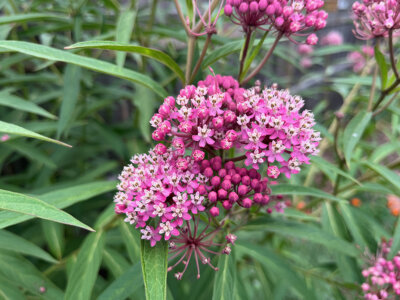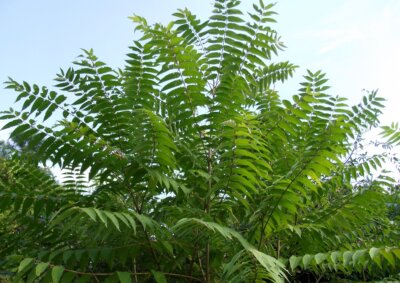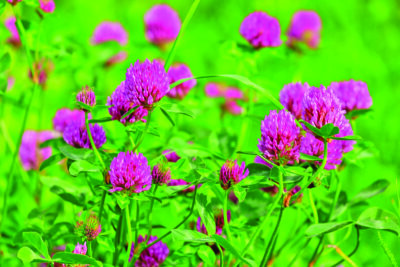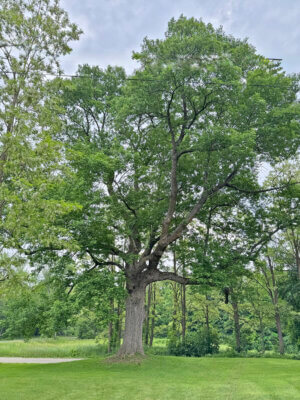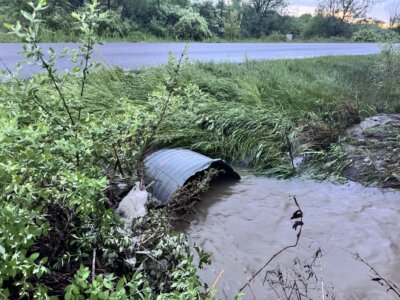Forest Products 101
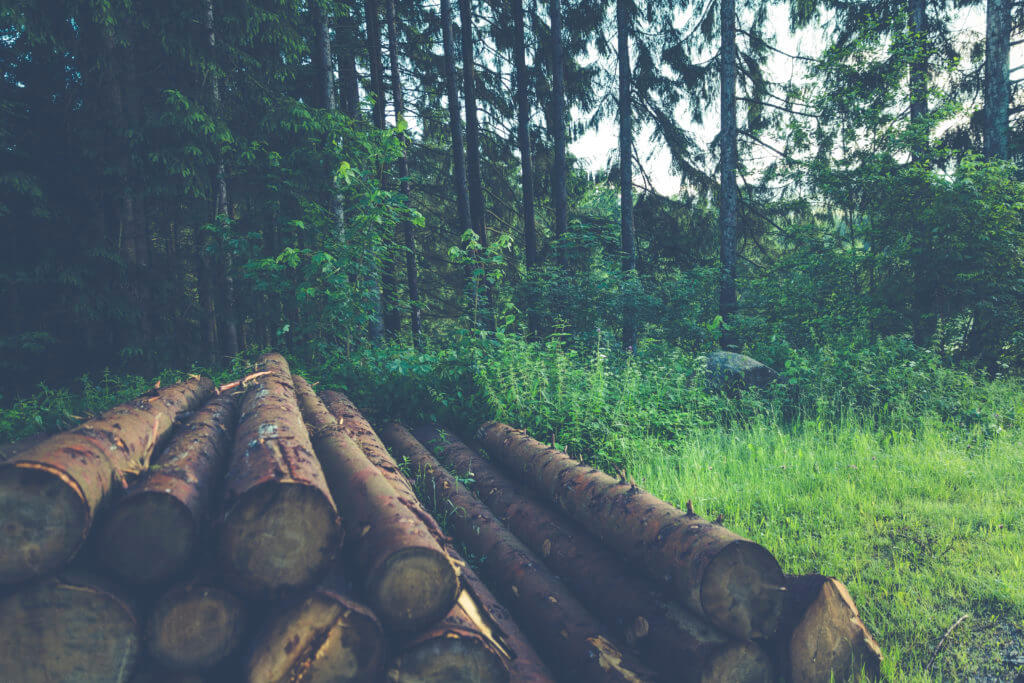
The harvesting of trees is disruptive. Anyone who tells you otherwise is glossing over how thoroughly a disturbance like logging can affect a forest, its growth and fertility. In my mind of the most important thing that foresters do is oversee the harvesting of forest products while looking after the health of the forest and its inhabitants. This is a heady task, as forests are incredibly complex systems, and we are constantly learning how interconnected, sensitive and intelligent they are.
For the most part, we cut trees because they provide local, renewable sources of heat, building materials and electricity, in addition to other resources. In addition, forest management provides landowners with an economic incentive to keep forested lands intact and protected from subdivision and development. But what are the products that we harvest from the forest, and how are these products used?
Veneer: The most valuable forest product is veneer. Veneer logs are rare, accounting for a tiny proportion of the total volume harvested in most logging jobs, but often generating a large part of the revenue. Veneer logs must be very large, straight logs without defects (rot, branch stubs, wounds) from hardwood (deciduous) trees. Veneer logs are “peeled” or “sliced” at a thickness of a fraction of an inch, glued to cheaper, less attractive woods and used in furniture making, cabinetry and other applications. Common veneer species in Vermont are sugar maple, red oak, yellow birch and black cherry.
Sawlogs: Sawlogs are sections of trees that are large, straight and relatively free of defects, but not perfect or big enough to be veneer. These products, which may be either hardwood or softwood (conifers), are milled into boards (lumber). Softwood lumber is used for structural building materials (2x4s, etc.), whereas hardwood lumber is usually used for furniture making, fine carpentry and flooring. Like veneer, sawlogs are usually less than half of the total volume of wood cut during a timber sale, but account for most of the total value.
Firewood: Firewood is comprised of hardwood logs not big or high quality enough to be sawlogs. Often, firewood is produced when we thin a forest, removing low-quality trees to favor higher quality trees. Firewood is usually sold by the cord, a stack of split firewood 4 ft. x 4 ft. x 8 ft. in size. Given that the standard length of processed firewood is 16 inches, this amounts to three rows (or “face cords”) of stacked wood which are 4 feet tall and 8 feet long. Firewood is higher in value than pulp or chips, but it is still considered a low-grade forest product, accounting for a high proportion of the volume, but a lower proportion of the value, from a timber harvest.
Pulp: Pulp is declining in our region, though it is still an important forest product. Pulpwood can be logs of almost any size (greater than 4 inches in diameter) of any species and of any quality. Unfortunately, the major pulp mills in this region are in Maine and New York, and the process of transporting pulp to these markets eliminates most of its value to landowners. For this reason, most loggers will try and sell most hardwood pulp as firewood, and a lot of the softwood pulp ends up as chipwood.
Chipwood: This last forest product is generally the lowest in value. Any part of any species of tree can be chipped. Chipwood is used in biomass electricity generation (often at Burlington’s McNeill Plant), or for large-scale heating projects, in schools, colleges, prisons and municipalities. Chipwood is usually generated by “whole-tree” logging crews that employ larger, more mechanized equipment to utilize whole trees from the stump up. Other logging operations will generally leave tops and branches in the woods. This harvesting system has advantages and drawbacks, but it accounts for the majority of the wood harvested in Vermont.
Hopefully this gives you a better sense of how the wood that we harvest is used and a different perspective on the important outputs that forest management provides. It is important to understand how products that we use every day are produced, and that, with thoughtful management, they can be extracted in a way that maintains or enhances the benefits that our forests provide. As I often say, if you use toilet paper you are participating in—and benefitting from—the forest products economy!
Ethan Tapper is the Chittenden County Forester. He can be reached at his office at 111 West St. Essex Junction at (802)-585-9099 or by email.
Related Stories
Popular Stories
If you enjoy The Charlotte News, please consider making a donation. Your gift will help us produce more stories like this. The majority of our budget comes from charitable contributions. Your gift helps sustain The Charlotte News, keeping it a free service for everyone in town. Thank you.
Andrew Zehner, Board Chair



